Astilbe Is Turning Brown: Troubleshooting Brown Astilbes
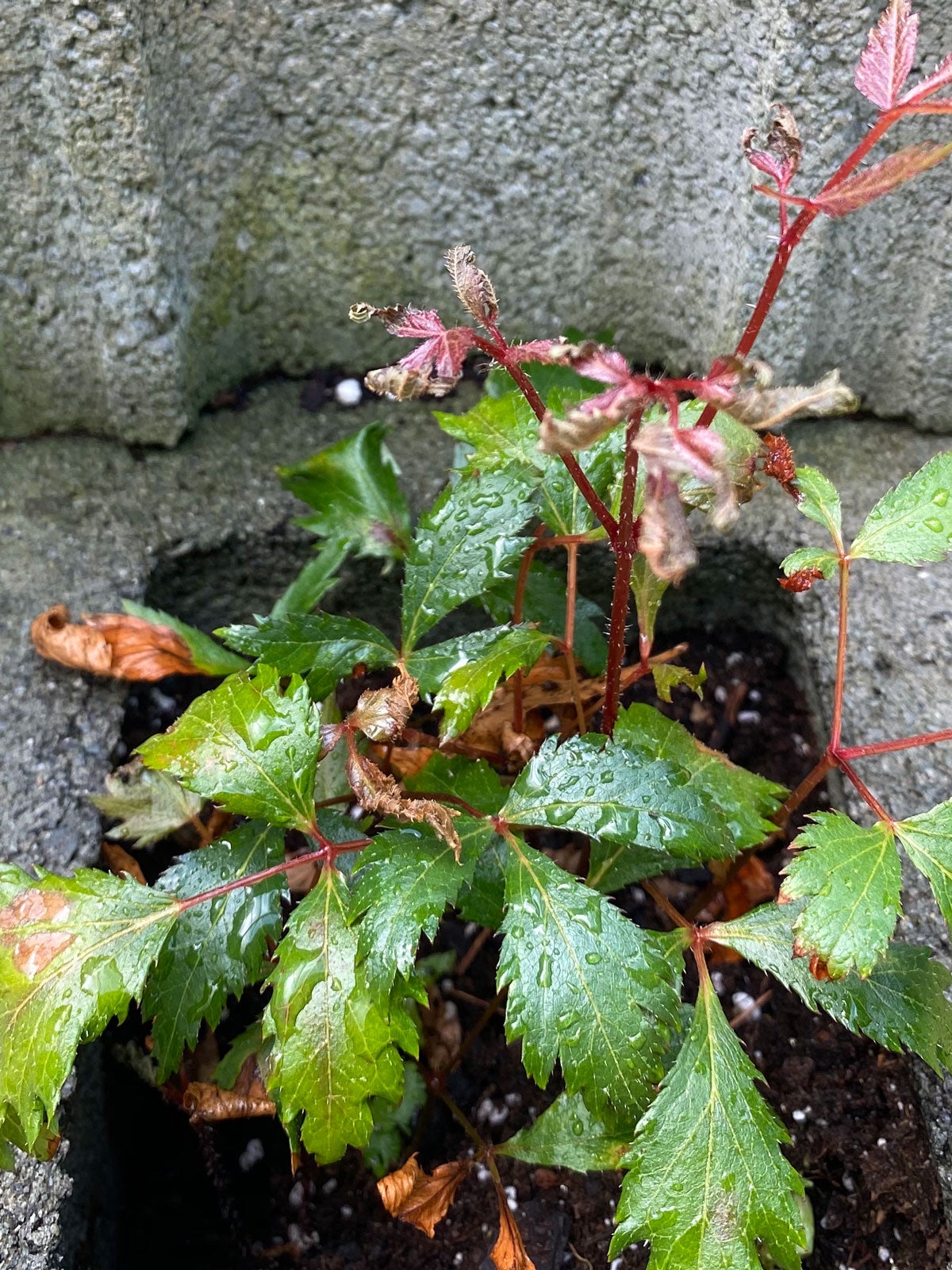

Astilbe is a versatile and generally easy-to-grow perennial that produces feathery flower spikes. They look great as part of a perennial bed or border, but browning astilbe can certainly mar your garden. Find out why your astilbe is turning brown and what you can do to prevent or fix it.
Why is My Astilbe Changing Color to Brown?
It’s always disappointing to find a part of your garden isn’t thriving. With astilbe, you may see some browning in the flowers, but brown leaves are a more typical sign of problems. Here are some of the possible causes:
- Foliar nematode: This microscopic worm-like creature can infect astilbe. The signs are brown spots on leaves bounded by the veins. The spots mostly form on an affected plant’s lower leaves.
- Leaf scorch: When browning begins on the leaf margins, it may be a sign of leaf scorch caused by dry, hot conditions.
- Four-lined plant bug: These pests feed on astilbe, causing sunken brown spots on the leaves.
- Wilt: This fungal disease causes sunken brown areas on astilbe stems, mostly near the soil line.
- Disturbed roots: Astilbe can deteriorate if you disturb the roots by transplanting or turning the soil. This can cause overall poorer growth and browning in leaves and flowers.
What to Do About Brown Astilbes
The most common cause of browning astilbe is poor conditions. Astilbe thrive in moist conditions with soil that drains well and partial shade. Make sure you water astilbe plants regularly and don’t let them get too much direct sunlight.
Use mulch to keep water in the soil but avoid soggy soil. Even if your plants have been browned by drought, keep watering, as they may come back healthy next year.
Manage nematode and fungal infections by moving or trimming plants so that they have adequate airflow. If necessary, remove infected leaves or entire plants and destroy them.
Four-lined plant bugs may cause unattractive brown spots on leaves, but they won’t destroy plants. Use pesticides or remove the bugs by hand.
Gardening tips, videos, info and more delivered right to your inbox!
Sign up for the Gardening Know How newsletter today and receive a free copy of our e-book "How to Grow Delicious Tomatoes".

Mary Ellen Ellis has been gardening for over 20 years. With degrees in Chemistry and Biology, Mary Ellen's specialties are flowers, native plants, and herbs.
-
 Types Of Tomatoes Explained: Explore The Many Wonderful Shapes, Colors, Flavors, & Best Uses
Types Of Tomatoes Explained: Explore The Many Wonderful Shapes, Colors, Flavors, & Best UsesThe world of tomato varieties is vast and fascinating. Learn about the key types to grow in your garden, tailored to your preferences and space.
By Amy Grant
-
 Try The Trend – Turn Any Bed Into A Keyhole Garden With This Clever In-Ground Composter
Try The Trend – Turn Any Bed Into A Keyhole Garden With This Clever In-Ground ComposterKeyhole gardening is an efficient and sustainable practice that saves space. Get started on this DIY project quickly and easily with an in-ground composter.
By Bonnie L. Grant
-
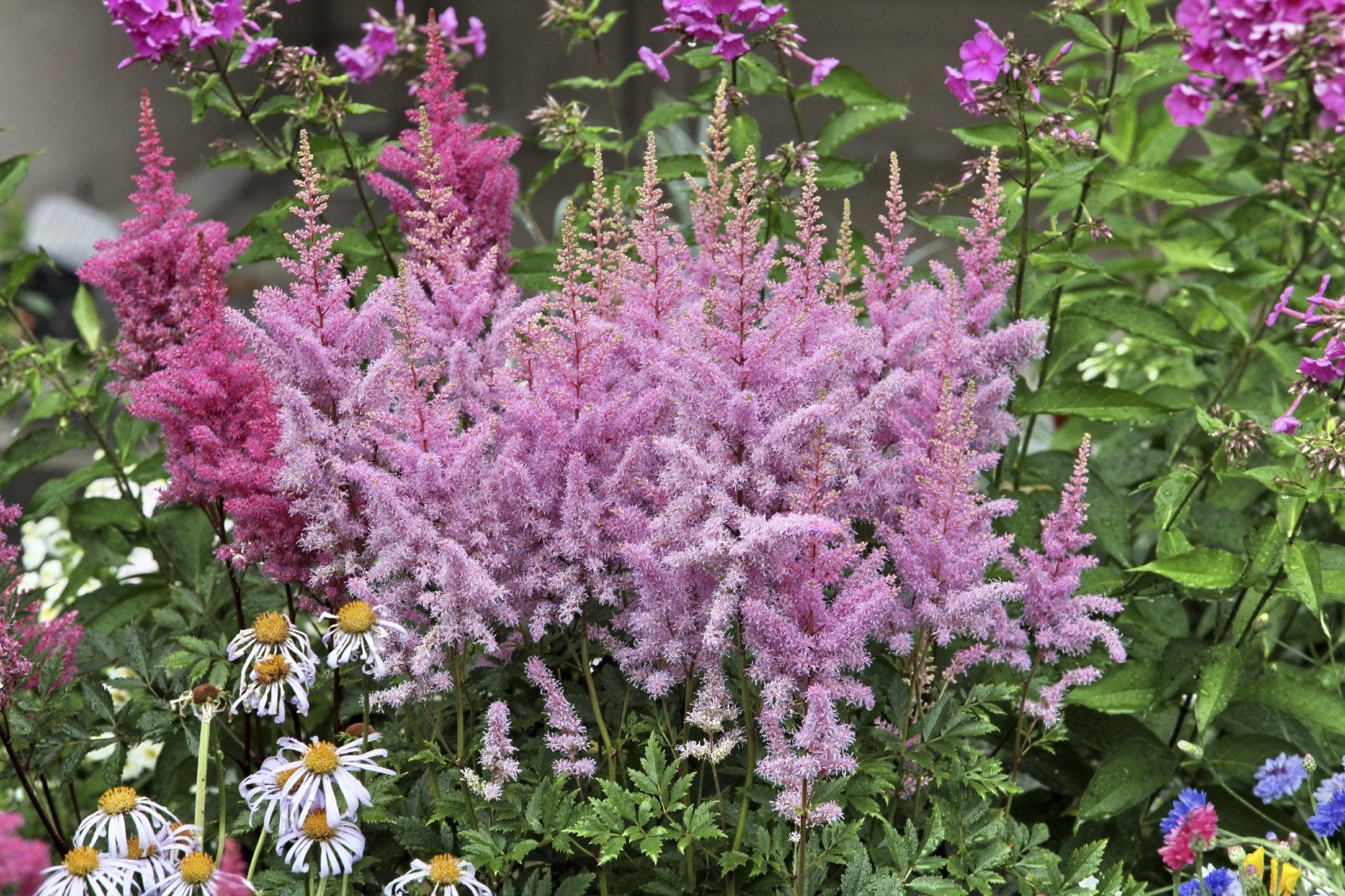 Bloom Time For Astilbe Plants: When Does Astilbe Bloom
Bloom Time For Astilbe Plants: When Does Astilbe BloomWhen does astilbe bloom? Astilbe plant bloom time is usually a phase of time between late spring and late summer depending on the cultivar. Learn more about the blooming of astilbe in this article to ensure more of these flowering plants in your garden.
By Karen Boness
-
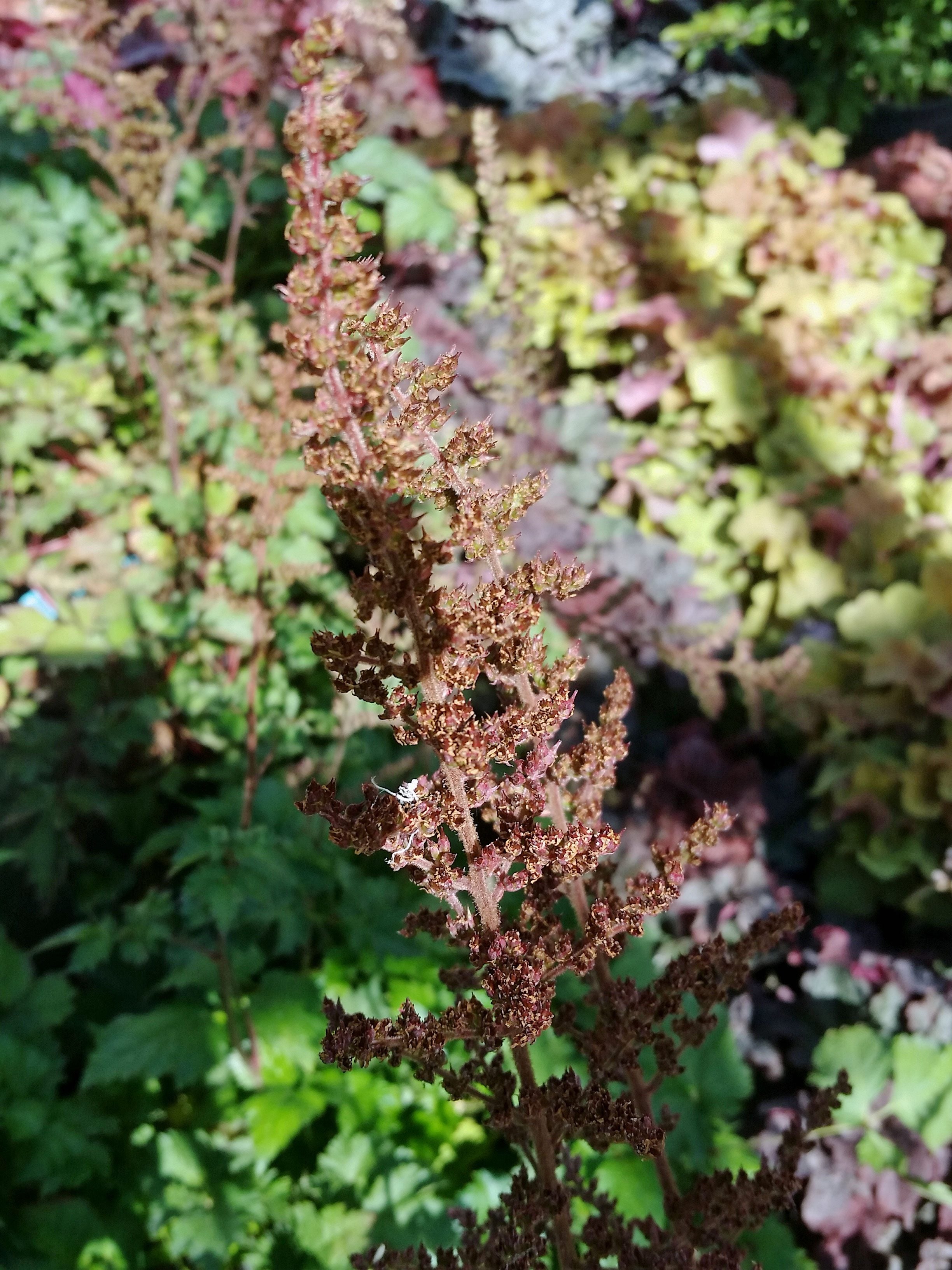 Troubleshooting Astilbe Diseases: Overcoming Problems Growing Astilbe Plants
Troubleshooting Astilbe Diseases: Overcoming Problems Growing Astilbe PlantsAstilbe plants are as tough as they are lovely. This doesn?t mean that they are completely pest free, however. For information on astilbe plant diseases, the following article will help. Click here to learn more.
By Teo Spengler
-
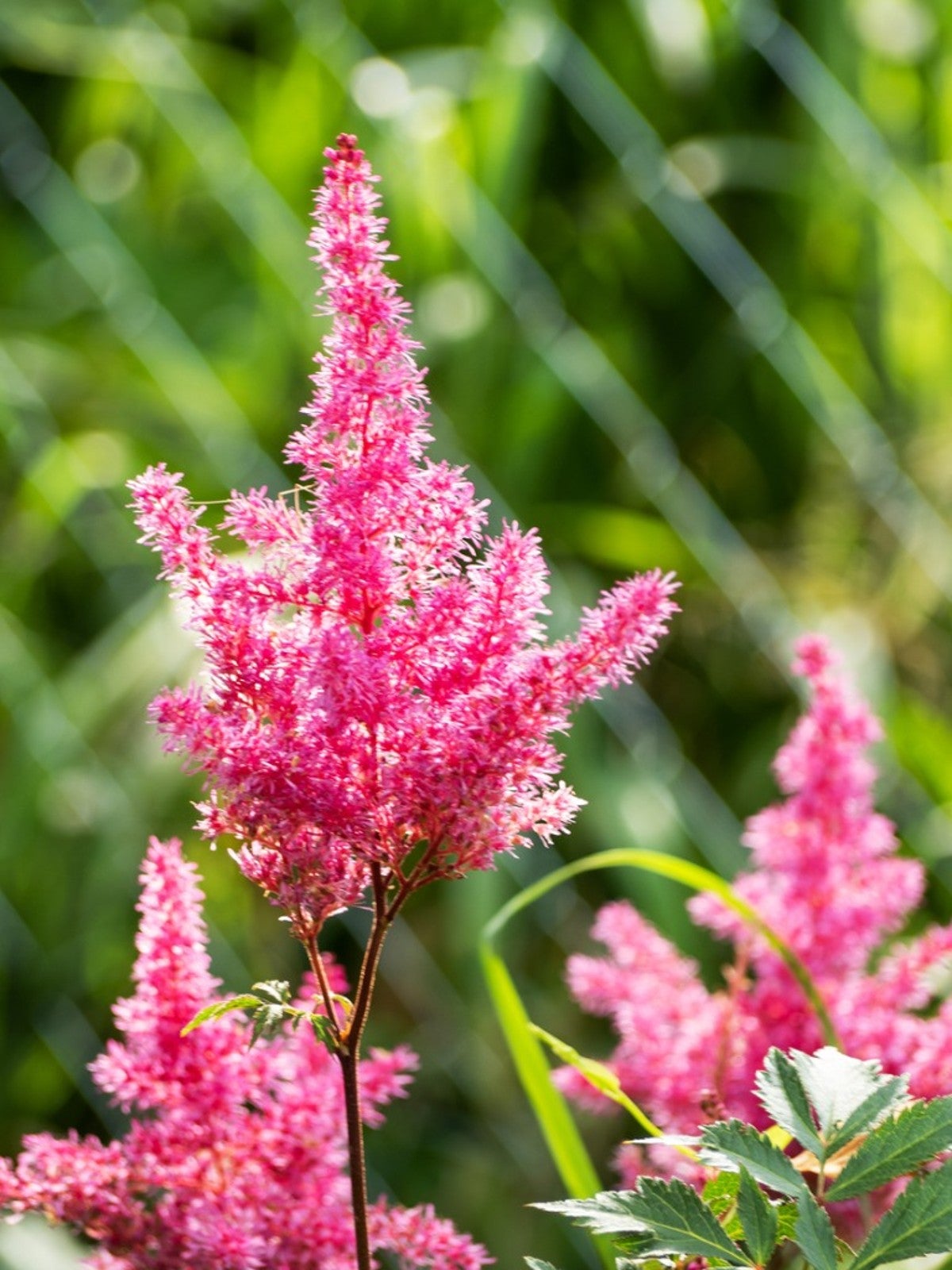 Tips On Feeding Astilbe: Learn About Fertilizer For Astilbe Plants
Tips On Feeding Astilbe: Learn About Fertilizer For Astilbe PlantsAstilbe produces vibrant, beautiful fronds of flowers, bringing color to dark areas. But how can you make sure you're getting the most out of your astilbe blooms? Click this article to learn more about how to fertilize astilbe plants.
By Liz Baessler
-
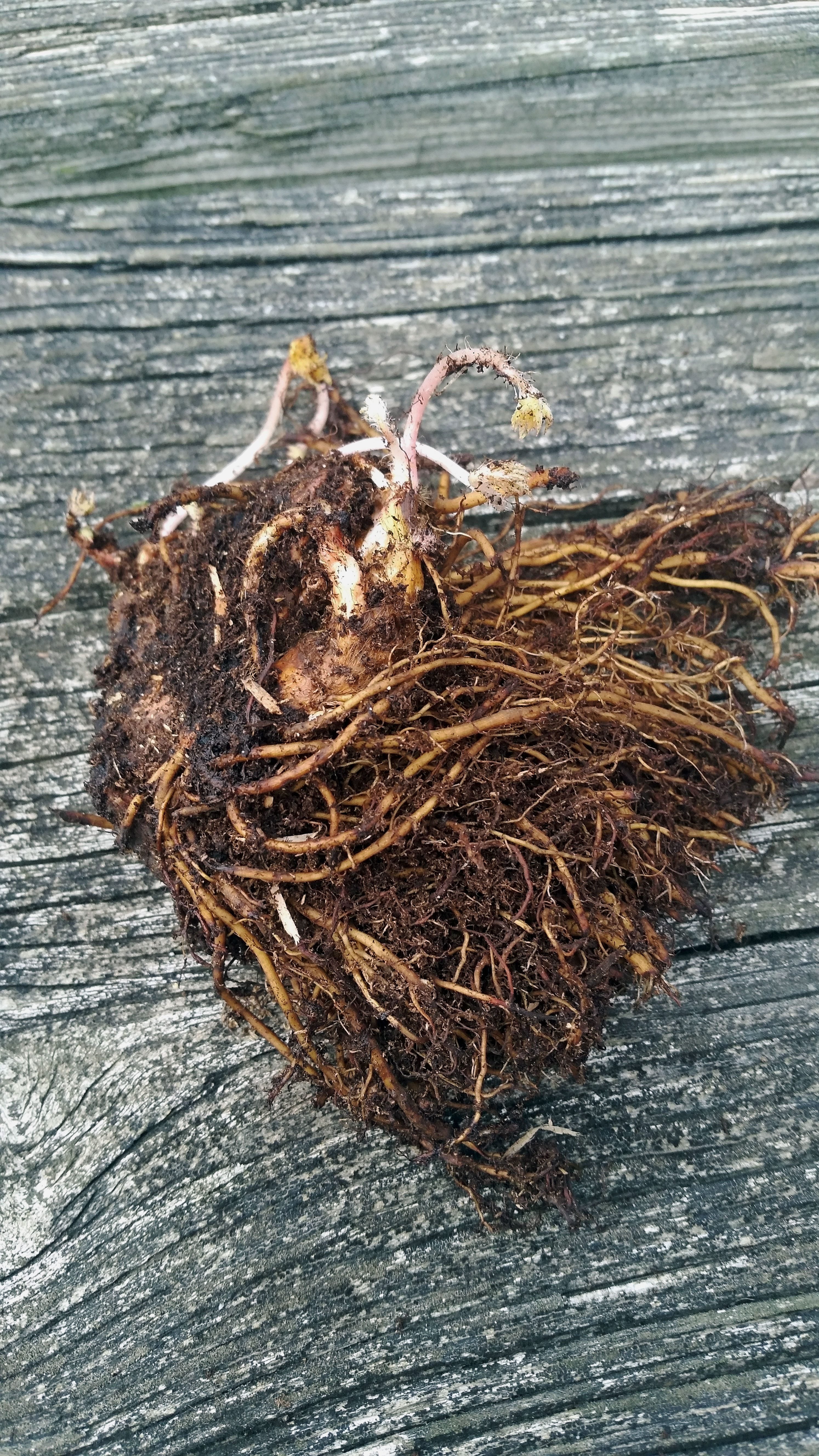 Astilbe Bare Roots – Learn About Bare Root Planting Of Astilbe
Astilbe Bare Roots – Learn About Bare Root Planting Of AstilbeAstilbe plants are usually propagated by root division in spring. Sometimes, however, they are sold bare root at that time. For more information about growing astilbe from bare roots, you should click on the following article.
By Teo Spengler
-
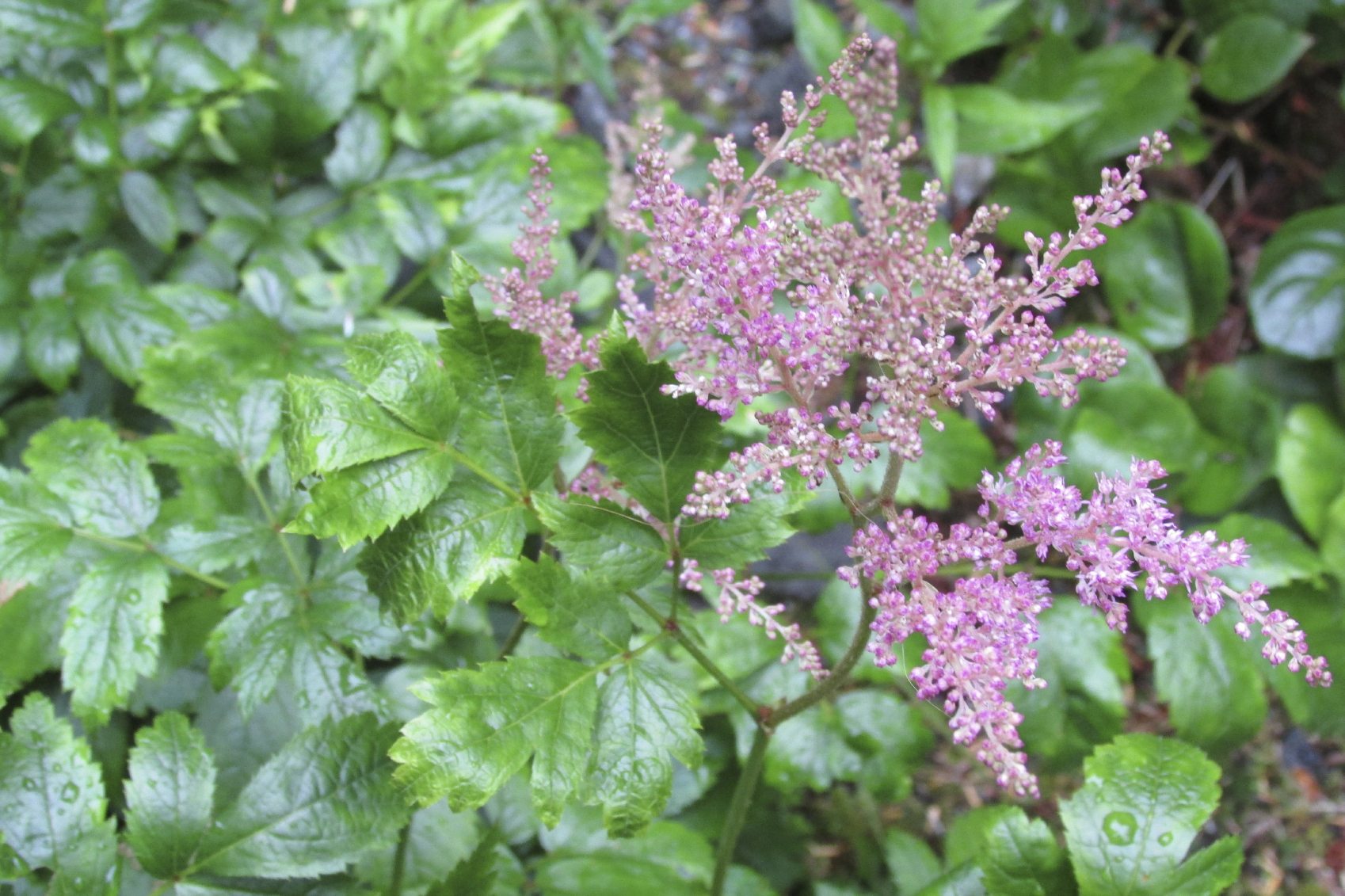 Dividing Astilbe Plants: How To Transplant Astilbe In The Garden
Dividing Astilbe Plants: How To Transplant Astilbe In The GardenMost perennial plants can be divided and transplanted, and astilbe is no exception. You don't need to transplant or divide astilbe plants every year, but every two to four years. For more information on dividing astilbe plants, click this article.
By Teo Spengler
-
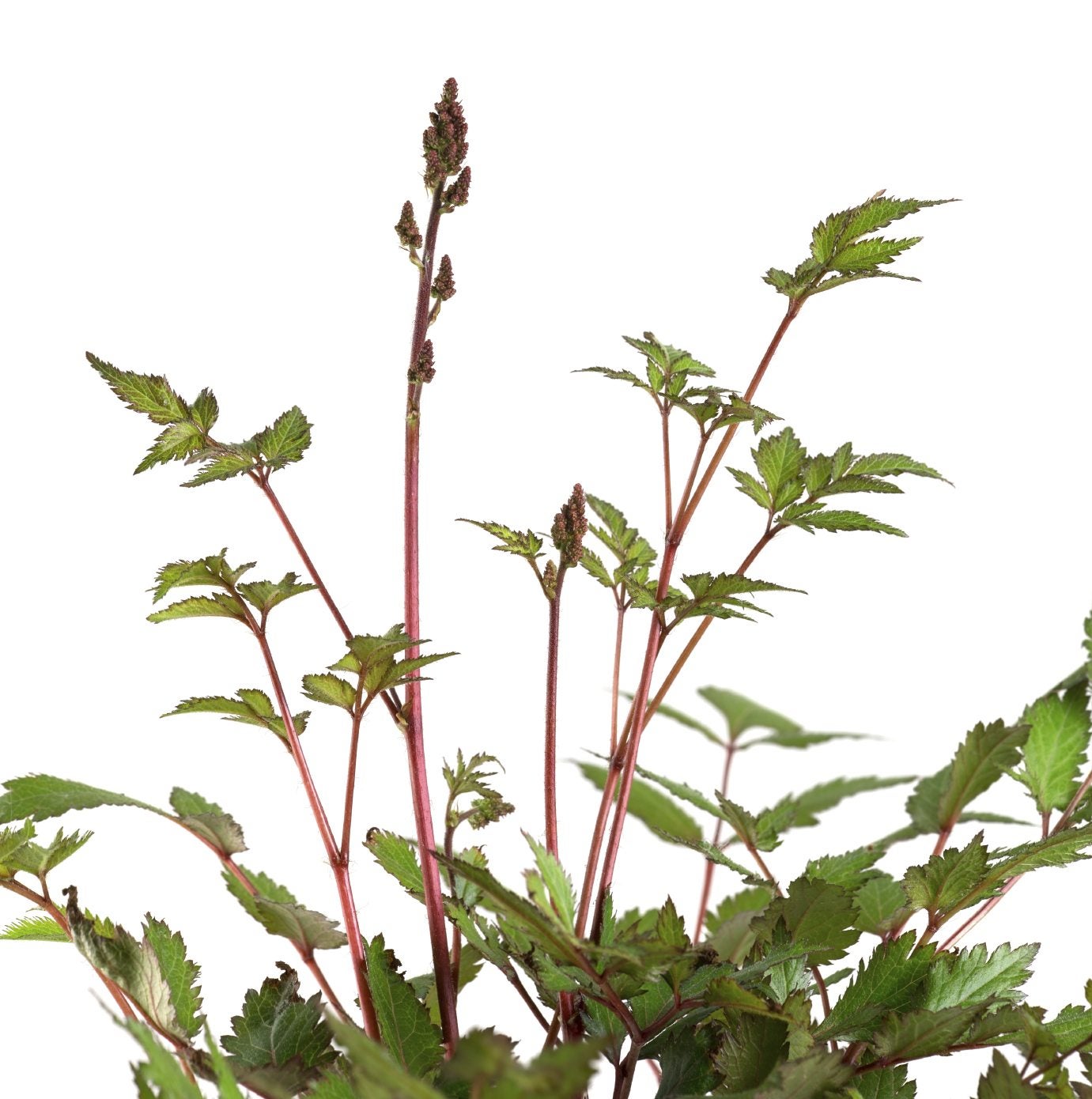 Astilbe Won’t Bloom: Reasons For Astilbe Not Blooming
Astilbe Won’t Bloom: Reasons For Astilbe Not BloomingAstilbe is one of America's most loved ornamental plants, and with good reason. This hardy perennial produces masses of blooms. It is generally a reliable bloomer, but if your astilbe won't bloom, there are several possible causes. This article will help.
By Mary H. Dyer
-
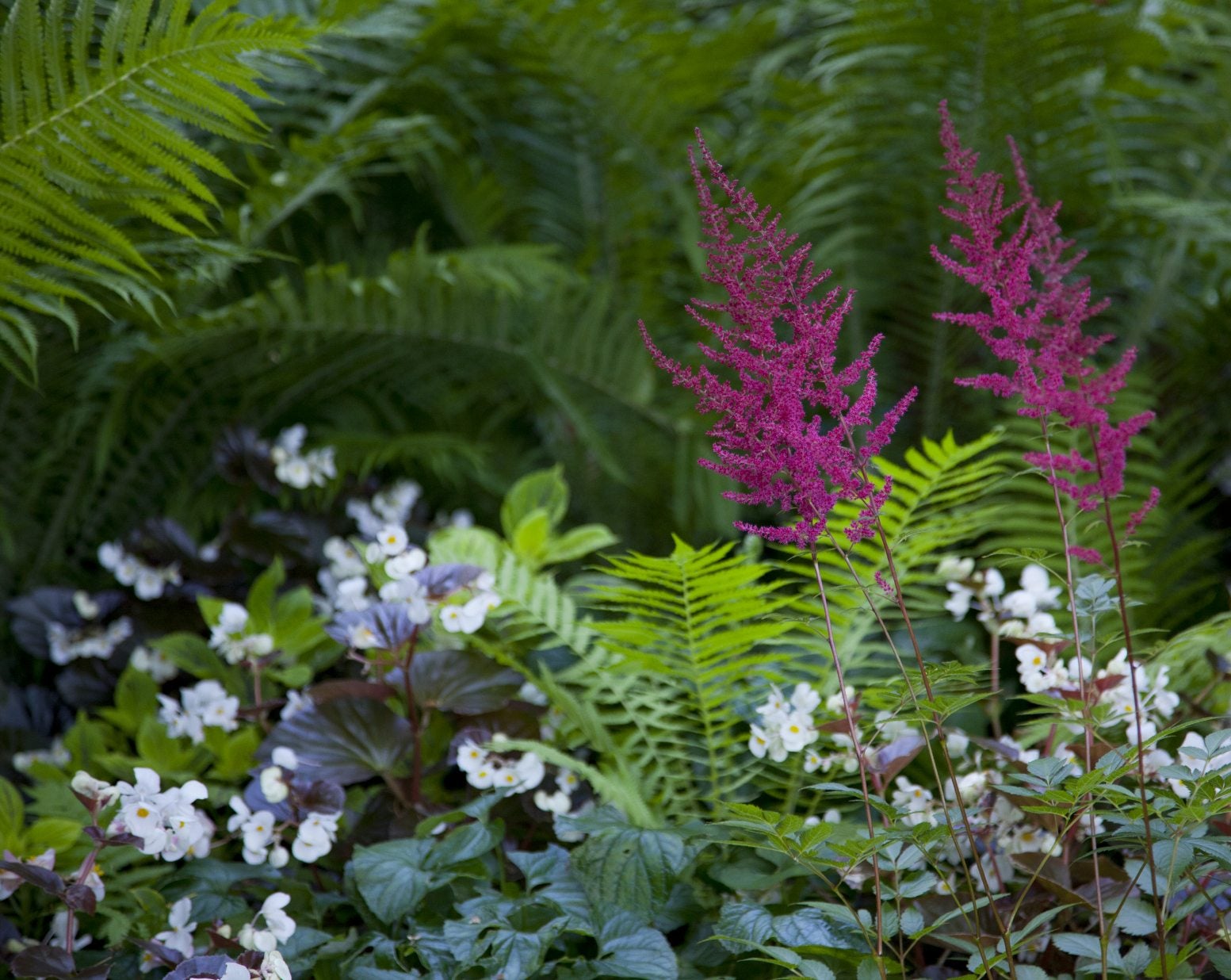 Astilbe Companion Planting: Companion Plants For Astilbe
Astilbe Companion Planting: Companion Plants For AstilbeAstilbe is a fantastic plant to have in your flower garden. But what else can go in those spaces with it? Click on this article to learn about astilbe companion planting and plants that grow well with astilbe.
By Liz Baessler
-
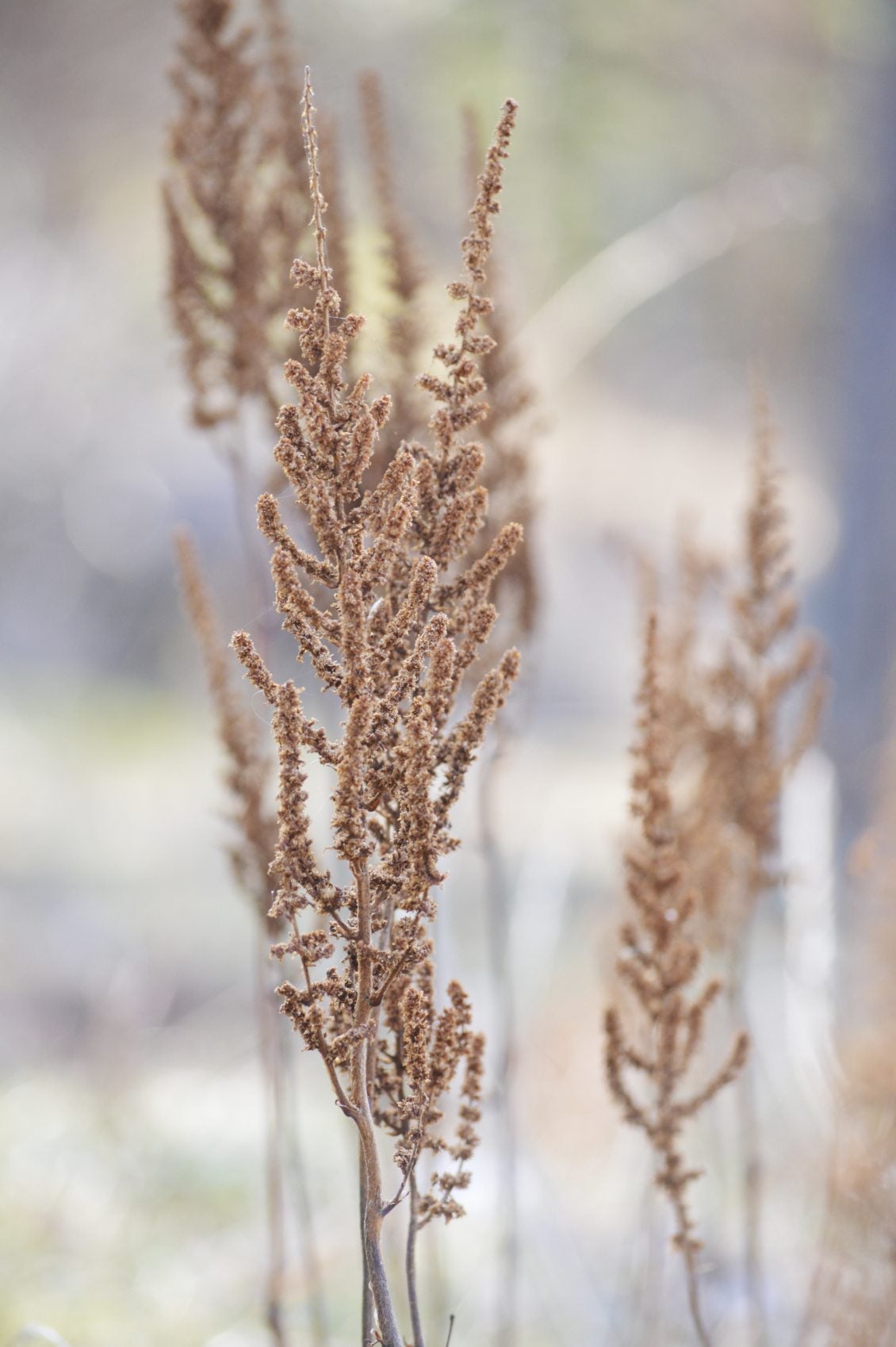 Astilbe Winter Care: How To Winterize Astilbe Plants
Astilbe Winter Care: How To Winterize Astilbe PlantsWhile it should survive for years, there are a few steps you can take to give astilbe a serious leg up and make sure it survives the cold. Find out how to care for astilbe plants in winter in the article that follows.
By Liz Baessler